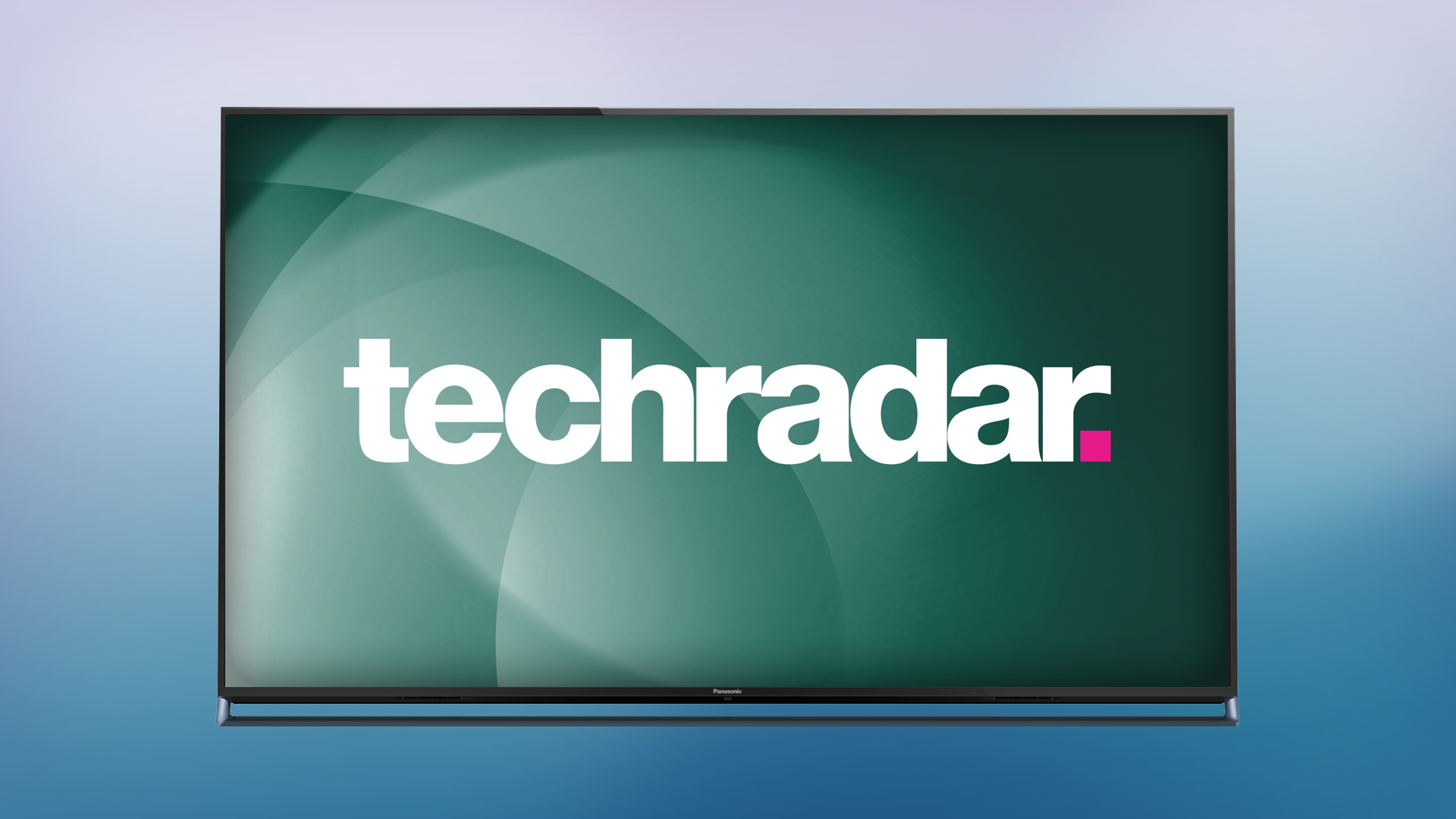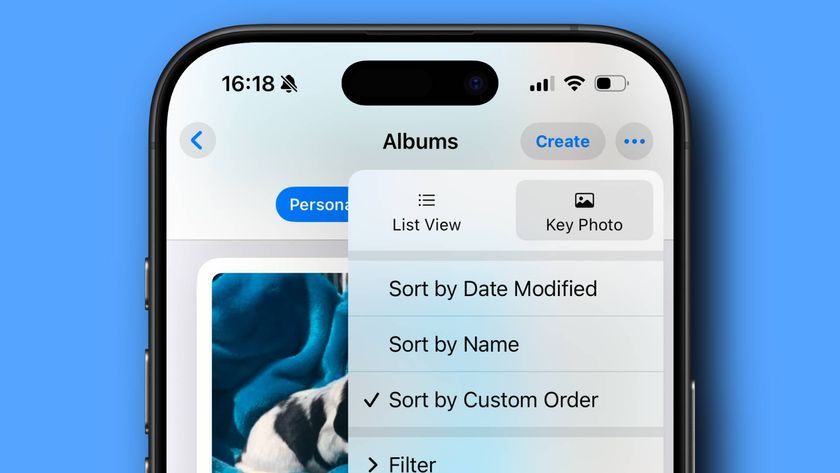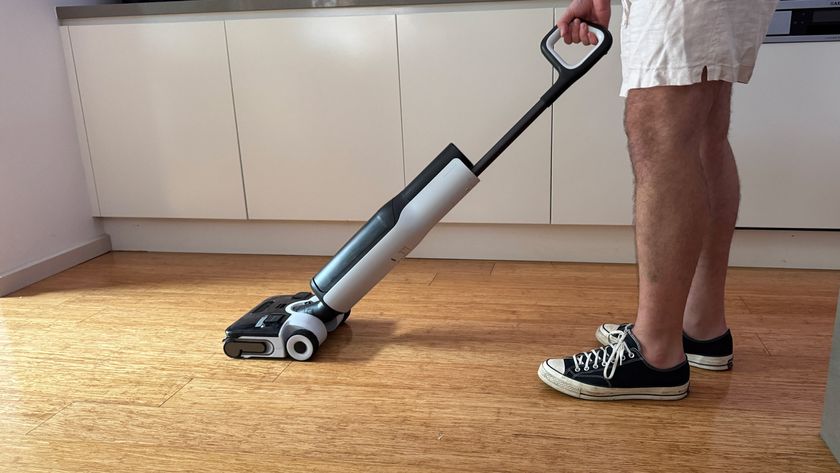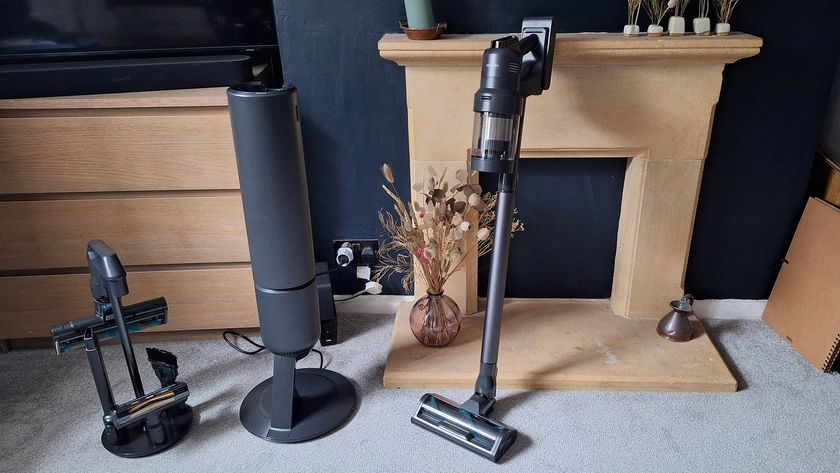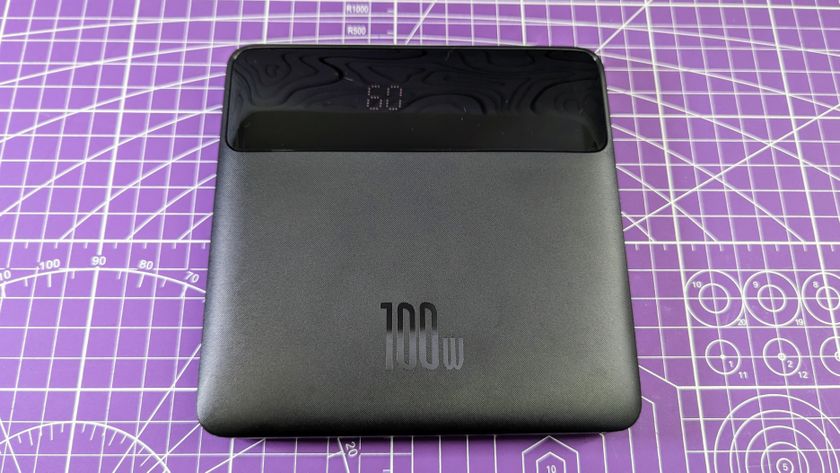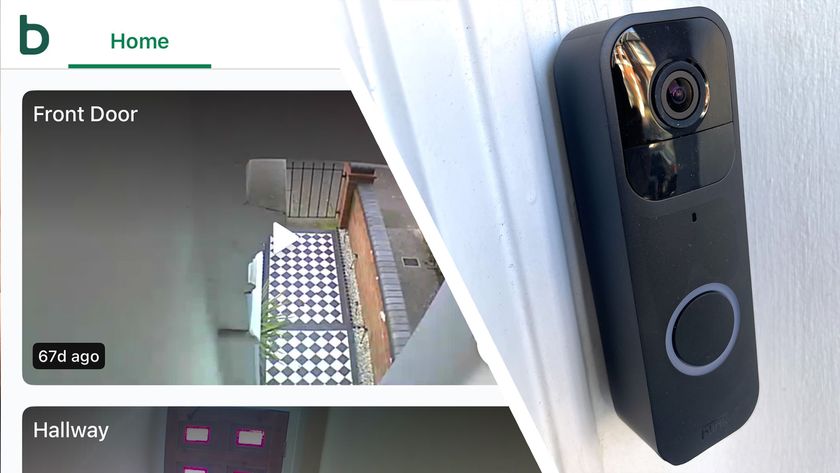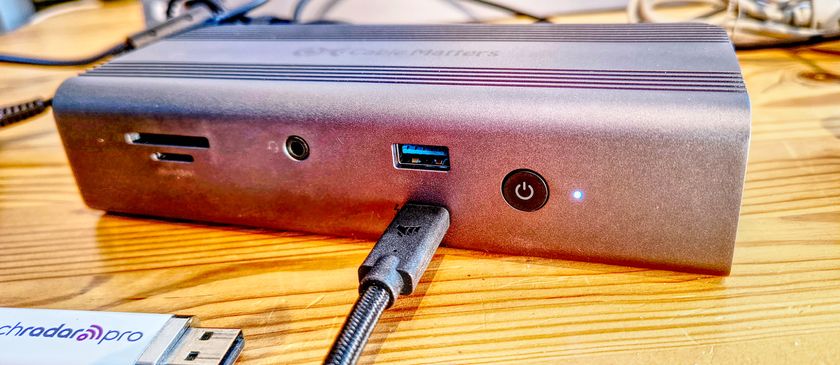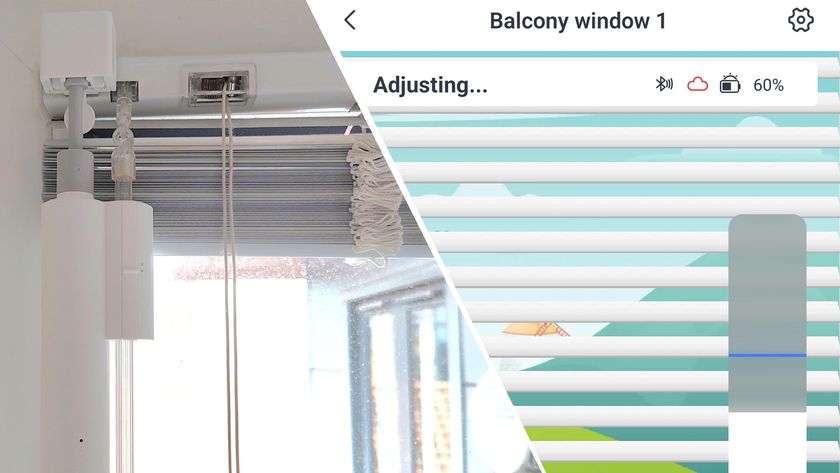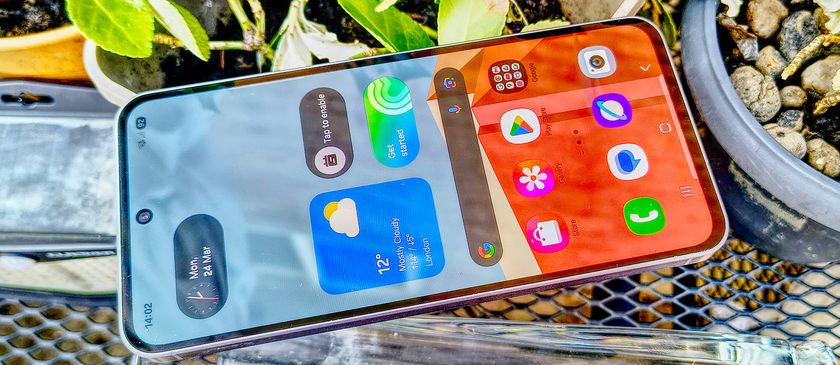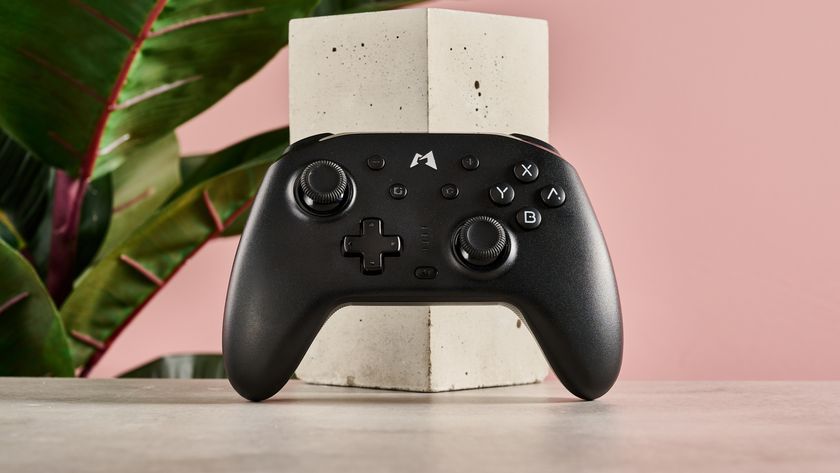Why you can trust TechRadar
The image performance of the TX-50AX802 is remarkable. Impeccable detail, vibrant colour and high levels of contrast rank this screen into the premiere league of current picture performers. Colour reproduction is outstanding, thanks no doubt to the set's 4K Studio Master Drive. Images have a lushness that wouldn't look out of place in a Brazilian rain forest. A wide colour gamut mode, dubbed the Colour Remaster function, is available in Min and Max strengths.
Black level performance is similarly profound, with deep, smooth shades of dark. This delicious sense of inkyness comes at the expense of some crushed blacks. In scenes of predominant darkness, we also noted backlight unevenness evidenced by a slight bloom from the edge-lighting. For the most part this isn't detectable during general viewing though.
The set earns a 2000Hz BLS (backlight scanning) rating, the fastest in the Panasonic fleet. It also boasts the brand's Local Dimming Pro technology, although we noted some curious side effects of this, particularly during Uma Thurman's burial scene in Kill Bill Vol 2. Instead of being lost in blackness, the AX802 had her body pulsating with unintended backlit blobbyness.
There's also a dimmer function, which turns down the edge-lighting above and below a letterboxed movie for better border blacks and contrast.
Picture presets
Off the shelf picture presets include dynamic, normal, cinema, THX cinema, THX bright room, true cinema, custom, professional 1 and professional 2. A good proportion of these modes pander to increasingly irrelevant sackcloth calibration and look dull and unengaging as a result. For the most part we'd ignore them. If a display is capable of a high dynamic range and extended colours, there's no good reason to self flagellate. Tune up the picture from the Normal preset instead.
Panasonic's high frame rate Intelligent Frame Creation processing has traditionally extorted a high price for its icy smoothness. When encountered on the brand's beloved plasma models, the default advice was always 'turn it off.' With 4K LED we can be a little more forgiving.
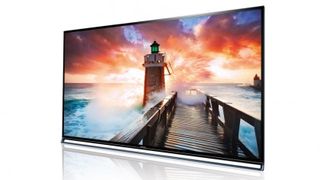
IFC comes in min, mid and max flavours, all of which are powerfully effective. If you want to track a volley at Queens Club or follow feet in Rio's stadia they offer astonishing clarity. For a more cinematic presentation, the mode can also be turned off; there's no massive penalty in terms of lost motion picture resolution.
The minimum setting is powerful enough to maintain moving detail, with negligible artefacting. This would be our choice for general TV content or sports. Unfortunately mid and max IFC settings often bring with them acute artefacts, seen as smudging around certain moving objects.
3D capability
The set is Active Shutter 3D compliant, and comes with two pairs of battery powered glasses. While there is some inevitable crosstalk double imaging in its stereoscopic images, the sense of depth is pleasantly exaggerated. Colour fidelity remains exceptionally good despite the 3D processing. Flynn Ryder's blue waistcoat (in Tangled, Blu-ray) pops in a way we haven't seen before, while the level of upscaled detail is truly impressive.
Of course 4K Ultra HD really comes into its own on larger 65-inch plus screens. Get close to a big 4K image and you can examine scads of detail without ever being aware of any pixel structure. So are such benefits still apparent on this relatively small 50-incher? The answer, at least with native 4K content, is they most definitely are.
With no Netflix 4K to call on, our prime 4K source was video content shot on Panasonic's GH4 system camera. MP4 h.264 2160/30p and MOV files captured at 2160/24p, display with astonishing levels of clarity. Exteriors shot around London's China Town on a sunny day dazzle with detail and texture. By way of contrast, the TV doesn't deliver this supernatural zing when upscaling Full HD tuner content. Pictures look very good, and have a suitably pixel-dense sheen, but they're not comparable to native UHD content. The set does a more overt upscaling job when handling Blu-ray.
While Netflix 4K is AWOL, the AX803 will also play 2160p clips from YouTube's 4K channel, and these can look dazzling depending on the quality of encoding. There's also a 4K web browser available.
Steve has been writing about AV and home cinema since the dawn of time, or more accurately, since the glory days of VHS and Betamax. He has strong opinions on the latest TV technology, Hi-Fi and Blu-ray/media players, and likes nothing better than to crank up his ludicrously powerful home theatre system to binge-watch TV shows.
